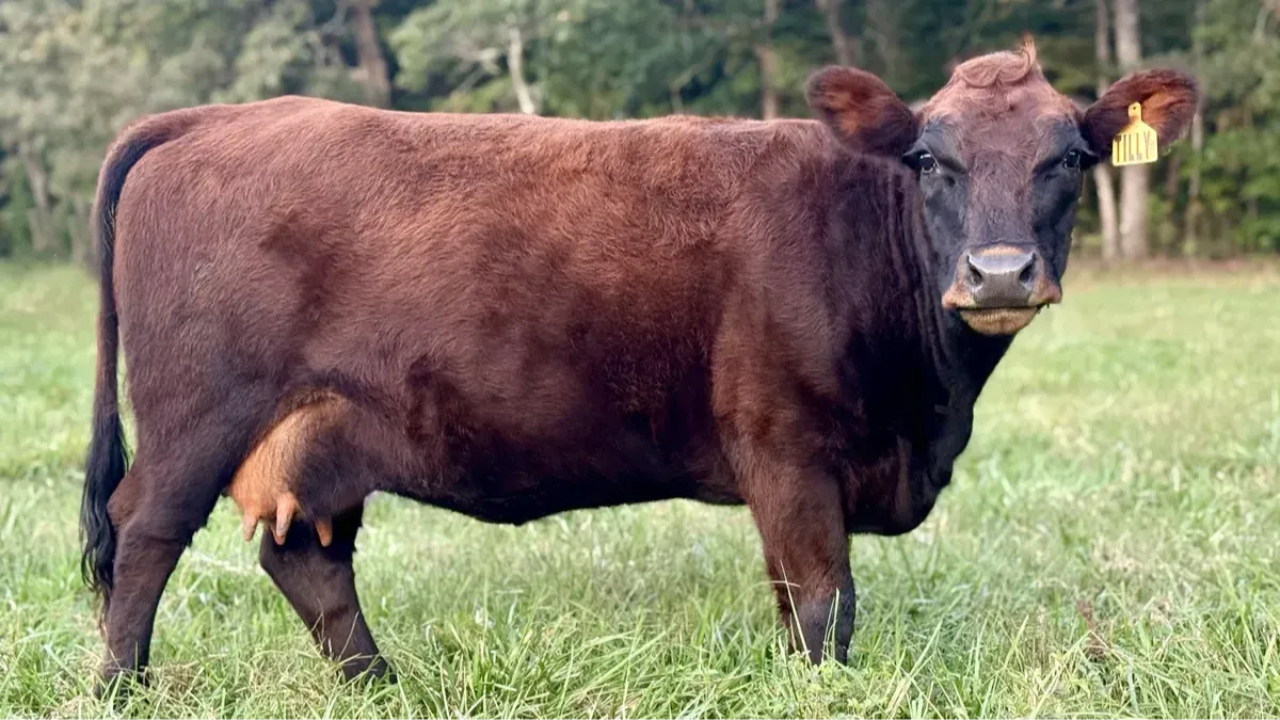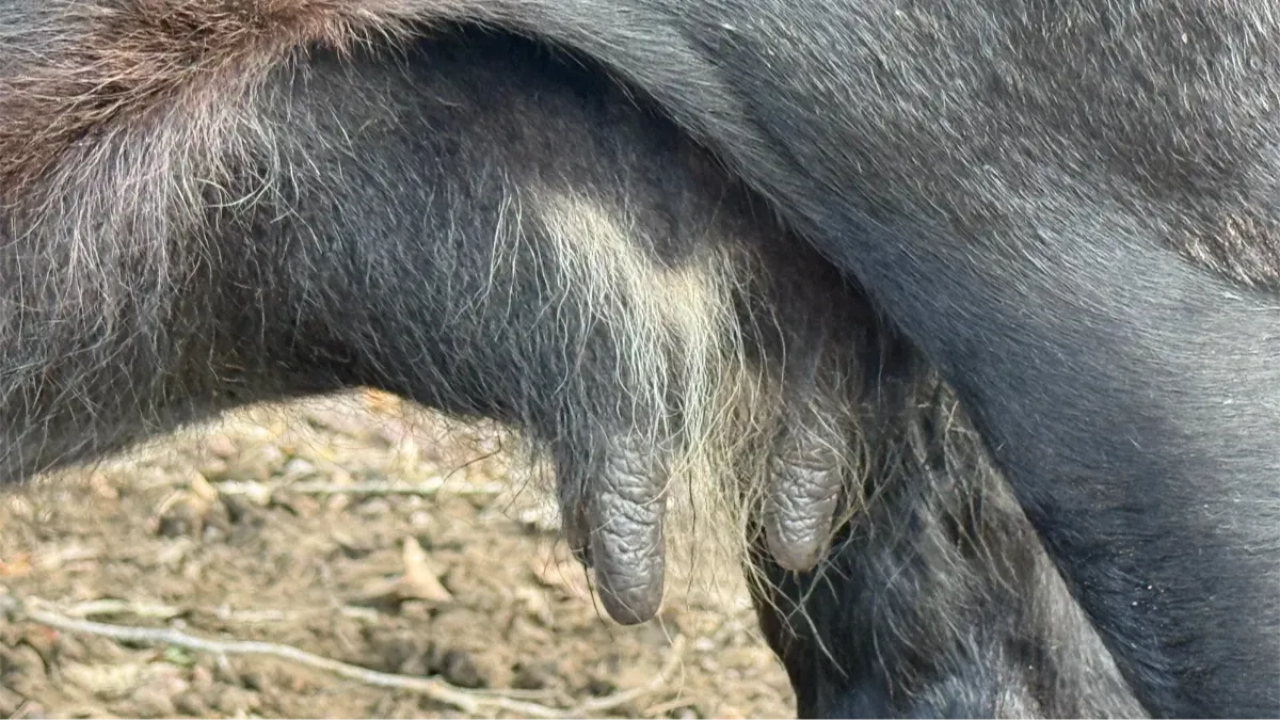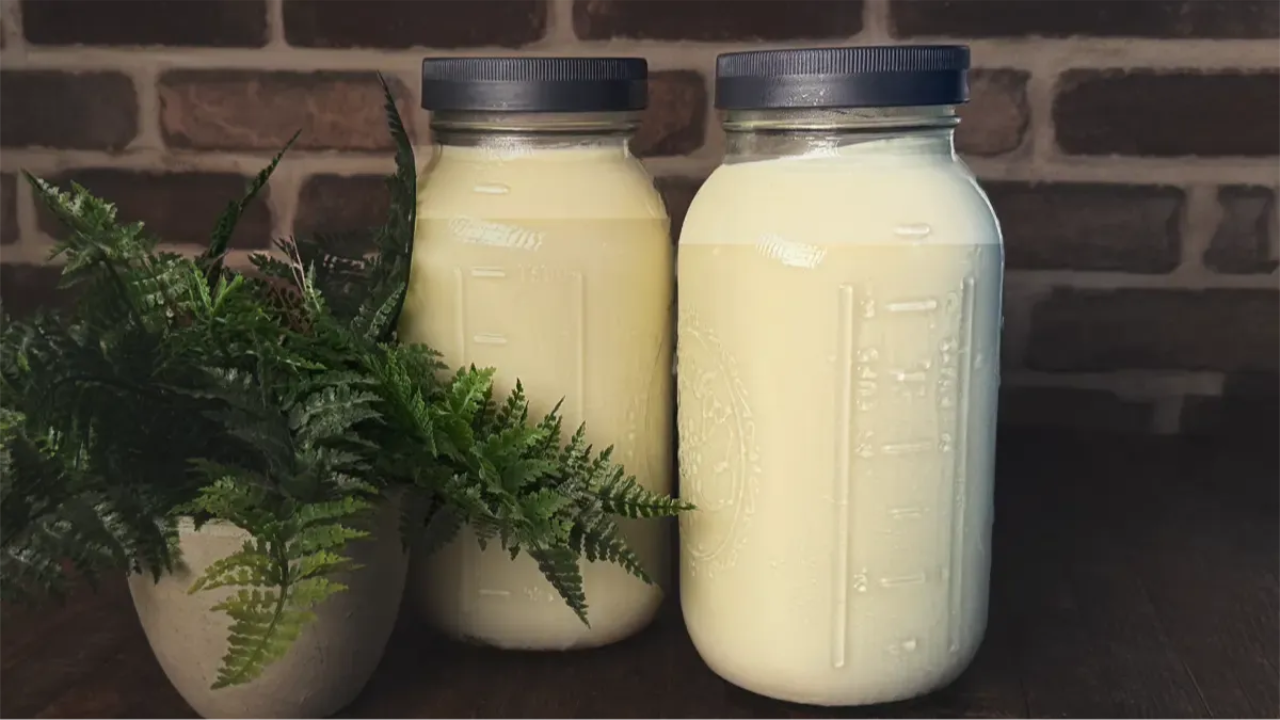Tilly’s Well-Earned Rest: Drying Off a Dairy Cow

The barn feels different without Tilly’s milk in the bucket. Every morning and evening since March, her steady rhythm has been part of mine—the hum of the milker, the soft clatter of the lid, the swish of her tail as the sun came up over the hill.
Now, for the first time in months, she’s not in the stanchion. It’s not because anything’s wrong. It’s because Tilly has earned her rest.
Around here, we call it drying off.
What “Drying Off” Really Means
If you’ve never milked a cow, the phrase sounds odd—like we’re reaching for a towel. But on a dairy, “drying off” means intentionally ending a cow’s lactation to give her body time to recover before calving again.
It’s not just a break for convenience; it’s an important part of her health. During that rest period, her udder tissue repairs itself, her body redirects nutrients toward the calf growing inside her, and her milk glands get a full reset.
When you milk year-round, it’s easy to forget that the udder is living tissue. It works hard. Each milking draws on energy, calcium, and protein. Giving her a true rest allows the next lactation to start stronger—and helps prevent udder stress and metabolic issues down the road.
Why Timing Matters
There’s a sweet spot for drying off. Stop too early, and you cut short a productive season. Wait too long, and it’s fiscally irresponsible. Feed costs climb as production drops—especially with the rich grain and alfalfa my milkers enjoy. At some point, the math doesn’t favor either of us.
It’s the same kind of common sense our grandparents used: know when to work, and know when to let nature take over.
Rest for Renewal
It’s a funny thing, giving a cow permission to rest. It feels almost indulgent in a world that glorifies productivity. But the truth is, the best dairies—and the best cows—thrive on rhythm, not relentless output.
These next few months are Tilly’s recovery season. She’ll graze, chew cud, and put her energy into the calf growing inside her. The milk she’s not giving me now is being turned into colostrum for the next generation.
If you’ve ever watched a dried-off cow on a cool November afternoon, you can see it in her posture—the peace, the contentment. She’s not lazy. She’s working quietly from the inside out.
She still comes to the barn some days—out of habit, I suppose, or perhaps she’s hoping for snacks (dry cows don’t get snacks!). I remind her that spring is coming and that she’ll soon be back in the milk line again.
Continue reading:
-
How Much Milk Do Dexters Give? — real numbers and graphs from our milkers, including Tilly’s early lactations.
-
Tilly’s Herd Page — see her full profile, milk records, and lineage.


